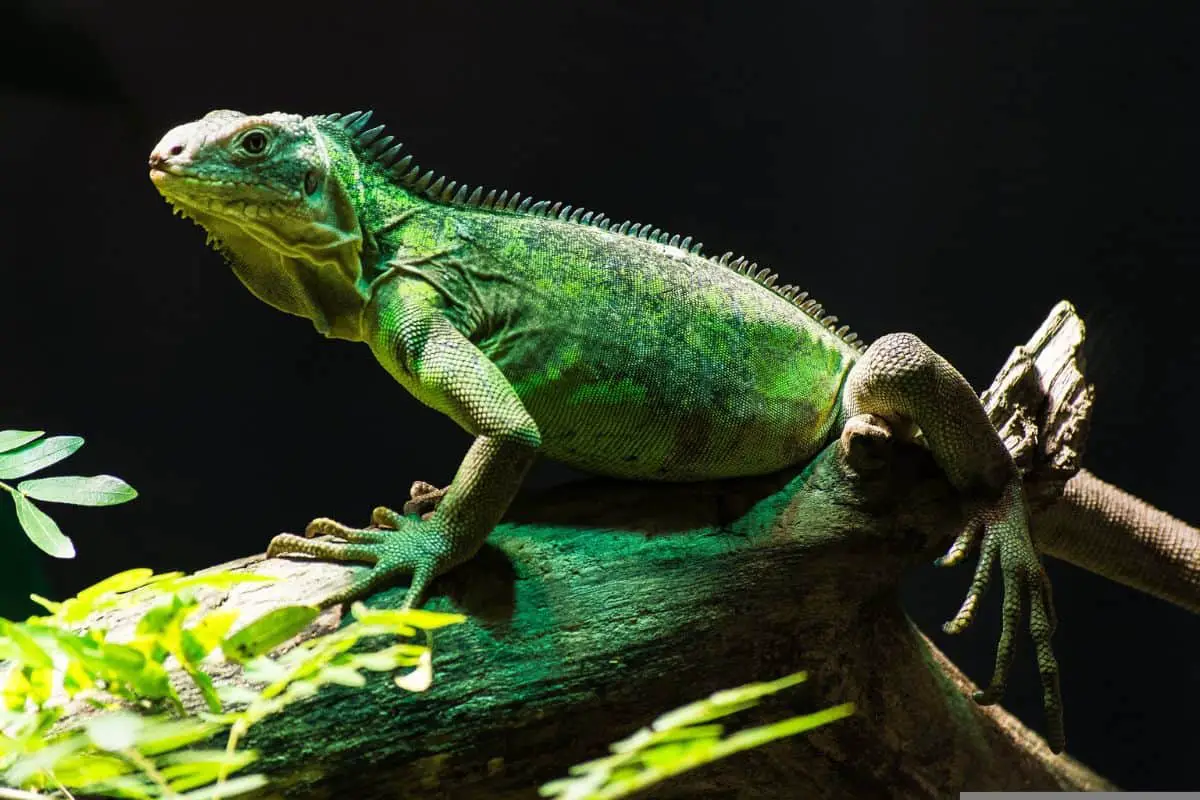Large and in charge are the bullfrogs found inside Florida’s waterways. Sporting a green body, white belly, and a black marbled pattern; these frogs are notorious for their deep “bull” like vocalizations. Growing up to eight inches long, these voracious eaters have learned how to live the good life inside the sunshine state.
Within the Ranidae family, Bullfrogs are distinguished by their large eardrums and a pair of large, webbed feet. You can easily find these ‘beasties’ in watery areas (wetlands, ponds, lakes, and ditches) during the late spring and summer in the northern and central parts of Florida.
Here is some more information about this amazing amphibian.
Bullfrogs in Florida
- North American Bullfrogs are the largest frog in North America and the only bullfrog found in the sunshine state.
- Also known as: American bullfrog, Bullfrog
- Scientific name: Rana (Lithobates) catesbeianus
North American bullfrogs are ambush predators that are active both day and night. Their bullish bellows can be heard almost a mile away, assisting in mate selection between the months of February and October.
Range and Habitat

North American Bullfrogs require an aquatic habitat and prefer humid moist locations where water sources are both shallow and low flowing. These amphibians are able to hibernate during colder months allowing the frog an easier ability to adapt to changing temperatures in their environment. Bullfrogs are found primarily in the northern half of Florida, north of Orlando and lake Okeechobee.
Physical Characteristics
Color variation in this species has a wide range of browns and greens. Bullfrogs will usually also have dark spotting towards the hind leg area and a pale almost whitish underbelly.
Using countershading ( a darker color on top, lighter color on the bottom), the frog is able to hide from predators on both sides of the water’s surface.
The hind feet in American bullfrogs have webbed connections until it reaches the very last digit of the very last toe. A bullfrog uses its feet and legs to jump up to ten times their body length.
Being the largest frog in Florida (baseball-sized) the eight-inched amphibian can defend and dominate it territory using both enhanced vision and tactile perceptions. The average North American Bullfrog weighs a little over one pound.

Diet
Bullfrogs use their tongues to flip food into their mouths, which is where they capture and hold onto prey. Scientists have discovered that the first frog on earth originally had a full set of chompers, as more and more frogs were born the evolution of this species eventually favored fewer teeth and a stronger tongue.
Today the frog has only two conical fang projections at the roof of the mouth. Bullfrogs are ambush predators capable of eating many different kinds of species including other frogs. Whatever fits into a bullfrog’s maw(mouth) becomes a food source.
Common foods in a Floridian bullfrog diet include:
- Water grasses and aquatic vegetation
- Other frogs (tadpoles, all frogs)
- Insects (crickets, worms, grasshoppers, locusts)
- Spiders (Huntsman, Fishing spiders)
- Snails (Pond and Garden)
- Small fish (minnows, goldfish, small koi)
- Young birds (mallard ducks, sparrows, orioles)
- Crayfish (blue everglades crawfish)
- Small reptiles (geckos, salamanders, newts)
- Snakes (corn snakes, rat snakes, brown snake)
- Rodents (cotton rats, cotton mice, rice rats)
- Bats (evening bat, bonneted bat)
Reproduction
Mating is done through female preference. Females browse through a ‘catalog’ of male advertisements as she listens to multiple males bull call to her from their territories. If interested, she will make aggressive responsive callbacks to the winning ‘bull’ and then initiates egg fertilization.

Females can release up to 20,000 eggs for a single male to fertilize. Egg laying and fertilization occur at the same time and the eggs are left to survive on their own. Eggs will usually hatch into fully aquatic tadpoles after four days.
Froglets can remain in a tadpole state for up to three years until they grow into froglets. The longer the tadpole remains unchanged, the bigger and stronger frog it will eventually become.
Ecology and Economy
Bullfrogs in Florida are used for a variety of purposes. Not only controlling insect populations and other pests; bullfrogs are also used in both medical research as well as the food industry. The lifespan of this frog has been known to reach ten or more years in captivity, making the animal an alternative pet option as well.
A commercial fish dealer license is required to sell bullfrogs for any reason. Hunting and consumption of the frogs are unlimited and generally unregulated.
There are no licenses required or restrictions for hunting and gathering bullfrogs in Florida (day or night). The use of guns to hunt bullfrogs is only permitted in the daytime.



